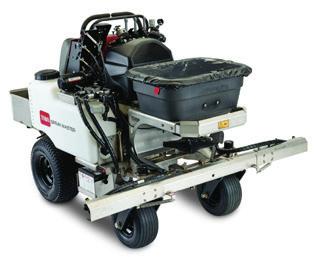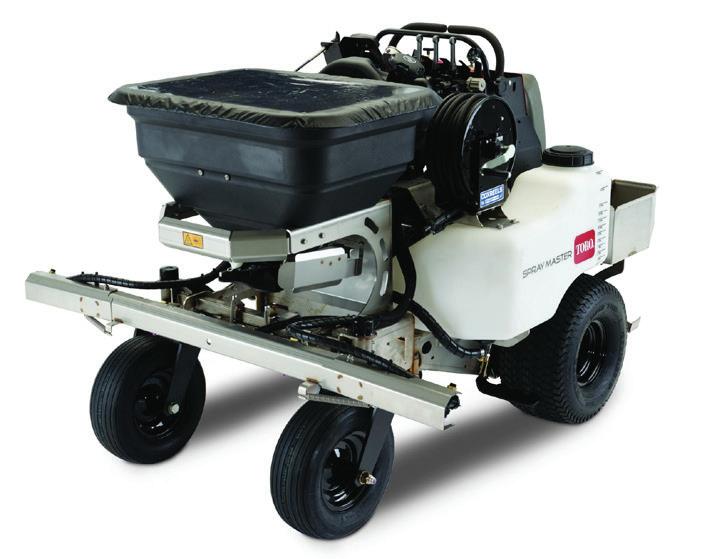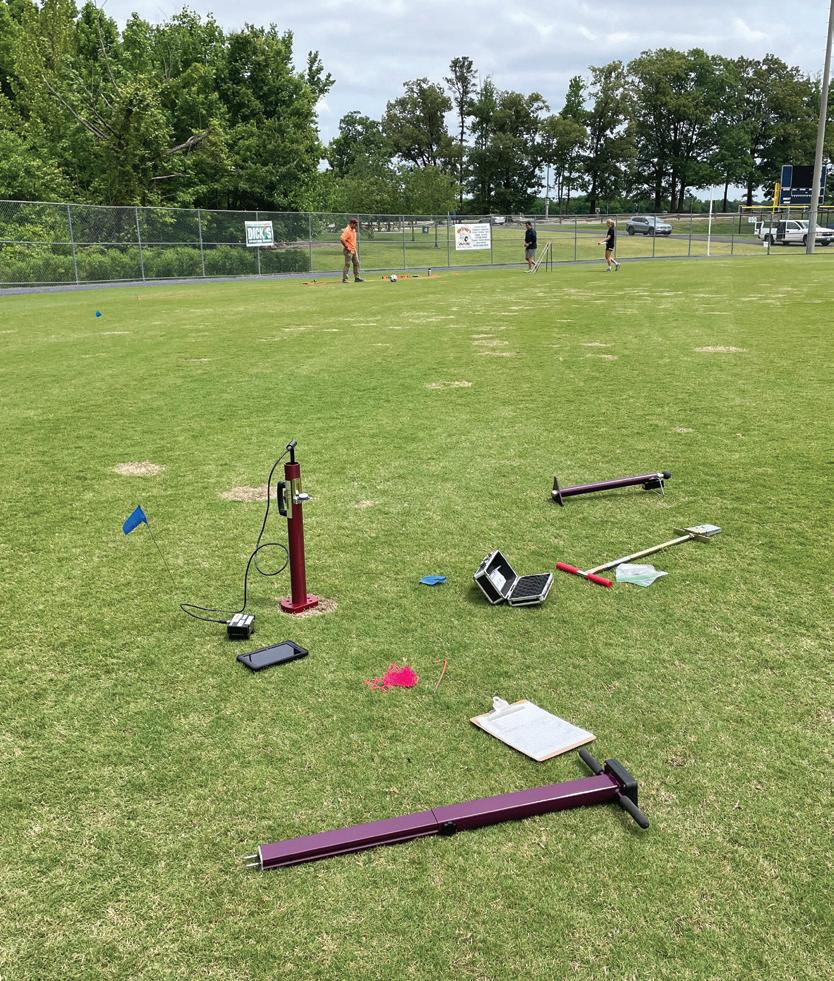




















Phil
Whether your turf specialty includes golf, sports, sod, recreation, lawn care or lawn industry provider, the VTC stands behind you and your rights to do business. Membership in the VTC provides training opportunities so you stay at the top of your industry. Members have access to free recertification of pesticides and fertilizer licensing. And now members have representation to legislators and adversaries through the Virginia Turfgrass Council Environmental Institute (VTC-EI).
Great training is available with your membership. By joining us at the Annual Conference / MATE in February you will have the chance to understand soil maintenance and the local, state, and federal regulations regarding buffers. Also, you will have the opportunity to explore the lucrative installation of natural and turfgrass buffers. Additionally, attending the Come to the Bay Program in January will allow members to understand native and invasive plants in the landscape. The Come to the Bay program will also investigate partnering with other industries to ensure your business success and opportunities.
For over a decade the VTC has offered members free recertification in pesticides. We continue to do so at regional events, Annual Conference / MATE and the Come to the Bay program. We are now rolling out online recertification in both fertilizer and pesticides. What a great benefit of membership to update your credentials at your convenience and on your schedule.
And now members have access to and support from the Virginia Turfgrass Council Environmental Institute (VTC-EI). The VTC-EI reaches out to legislators to assist in protecting your business interests. This includes helping to write legislation. The VTC-EI has also proven the ability to work with advisory groups and gain their support. Organizations partnered with include the Elizabeth River Project, Lynnhaven River Now, Chesapeake Bay Foundation, City of Virginia Beach, and City of Petersburg. Programs developed with these groups include dune grass stabilization, turf, and vegetated filter installation to reduce sediment load in waterways.
Please remember, no matter what aspect of the turf industry you represent, the VTC is here to support your interests. To ensure VTC’s continued ability to support the turfgrass industry, please consider donating to the tax-free VTC-EI so we can continue fighting for you.
Thank You!
Phil Bailey VTC PresidentPUBLISHED BY Leading Edge Communications, LLC 206 Bridge Street, Suite 200 Franklin, Tennessee 37064 (615) 790-3718 Fax: (615) 794-4524 info@leadingedgecommunications.com
VTC OFFICERS
President Phil Bailey, CGCS
Isle of Wight County Parks & Recreation (757) 572-1981
Vice President Wes Bray Lawns & Gardens Plus (757) 422-2117

Secretary / Treasurer
Jimmy Viars, CGM Gloucester County Public Schools (804) 815-2779
VTC DIRECTORS
Sam Burris Ray Funkhouser Tony Montgomery Bruce Sheppard T.J. Skirsky Harris Wheeler, CTP Craig Zeigler
VTC ADVISORY MEMBERS OF THE BOARD
Mike Goatley, Ph.D. (Chair)
Shawn Askew, Ph.D.
Alejandro Del Pozo-Valdiva, Ph.D. Jeffrey Derr, Ph.D. David McCall Ph.D. Dan Sandor, Ph.D. Cynthia Smith, Ph.D.
EXECUTIVE DIRECTOR / DIRECTOR OF PROGRAMS
Tom Tracy, Ph.D. (757) 464-1004
VIRGINIA TURFGRASS FOUNDATION
Brandyn Baty (757) 585-3058

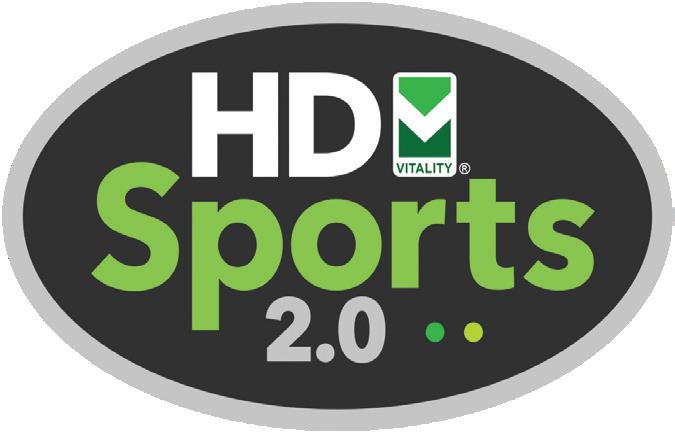

Hateful and divisive rhetoric that enhances real and perceived barriers has no place in Green Industry (G.I.) issues. We hear from fringe groups about the need to regulate us out of existence, make us abandon power tools and discard science in favor of an ideology. Forming the VTC Environmental Institute gives our industry the necessary tool to be a bridge, to promote dialogue, and to produce results. This was a critical first step in the G.I., taking the lead on issues that affect us. After all, we are the true – and arguably, the first – environmentalists. We seek to preserve and enhance the environment while providing realistic solutions for our customers.
The VTC Environmental Institute's work is focused on four fronts: dialoguing with decision-makers, partnering with environmental groups, encouraging minorities to train for leadership positions, and unifying various segments of the Green Industry. Elected officials and persons at regulatory agencies (such as VDACS) control, or can control, nearly every aspect of our industry. With a stroke of a pen, they can eliminate our ability to use gas-powered equipment, apply fertilizers, or safely apply approved pesticides. Our early work has uncovered many misconceptions about us. Frequently, decision makers are surprised to learn about our training, our reliance on science, and our commitment to the environment. We met with decision-makers on their "home turf." For instance, twice in the past months we participated in inner-city community events hosted by elected officials. Our presence forced persons who might be opposed to the G.I. to confront their own biases. Were these events comfortable? Not always. Were we welcomed by organizers and attendees? Absolutely!
Local, state, and multi-state environmental groups have a vast volunteer base and unprecedented influence with decision makers. The good, if not great, news is that environmental group leaders are willing to consider the merits of the Green Industry. Honest communication invariably leads to mutually beneficial partnerships. The upcoming Come to the Bay conference is one result of these partnerships. Take a look at the speakers in Tuesday’s Native Plants in the Landscape track. Their affiliations read like a Who's Who of environmental groups. Having those persons speak at an industry event, an event that is clearly for industry professionals, would be impossible without the hard work of the VTC Environmental Institute.
Historically, and for a multitude of reasons, very few minorities earn four-year degrees that prepare them for Green Industry careers. Looking for a long-term and permanent solution, the VTC Environmental Institute started working with Virginia State University (VSU). As a Land Grant institution and a Historic Black College and University (HBCU) located in the central part of the state, VSU is uniquely positioned to attract and train future leaders for our industry.
Sadly, the Green Industry is not unified. The need for a bridge, such as one provided by the VTC Environmental Institute, is paramount. We face shared opportunities and challenges but some segments choose to operate independently. As Ben Franklin said, "We must, indeed, all hang together or, most assuredly, we shall all hang separately."
Many of you have caught the vision of advancing the Green Industry by taking the lead on confronting challenges facing us. Thank you! Our work is getting results. And we are getting noticed. A friend of mine who works with a national organization said he is not aware of any other group in any other state building these bridges. Why do we tackle the unique, and sometimes uncomfortable, role of bridge building? We do it because our industry is valuable and is worth protecting.
Tom Tracy, Ph.D. VTC Executive Director
Shawn D. Askew, Ph.D. Virginia Tech
435 Old Glade Road Blacksburg, VA 24061 540-231-5807
askew@vt.edu
Alejandro Del Pozo-Valdiva, Ph.D. Virginia Tech
Hampton Roads
Agricultural Research Station
1444 Diamond Springs Rd. Virginia Beach, VA 23455 757-363-3900 adelpozo@vt.edu
Jeffrey F. Derr, Ph.D. Virginia Tech
Hampton Roads
Agricultural Research Station
1444 Diamond Springs Rd. Virginia Beach, VA 23455 757-363-3912
jderr@vt.edu
Mike Goatley Jr., Ph.D. Virginia Tech
420 Smyth Hall Blacksburg, VA 24061 540-231-2951 goatley@vt.edu
David McCall, Ph.D. Virginia Tech 435 Old Glade Road Blacksburg, VA 24061 540-231-9598 dsmccall@vt.edu
Dan Sandor, Ph.D. Virginia Tech
170 Drillfield Dr. 411 Price Hall Blacksburg, VA 24061 540-231-9775 dsandor@vt.edu
WITH SUPPORT FROM:
Thomas P. Kuhar, Ph.D. Virginia Tech
Dept. of Entomology
216 Price Hall 170 Drillfield Drive Blacksburg, VA 24061 540-231-6129 tkuhar@vt.edu
Aqua Aid Solutions 11 www.aquaaid.com
Bulldog Field Equipment Inside Front Cover www.bulldogfieldequipment.com
Buy Sod, Inc. 9 www.buysod.com
Ernst Conservation Seeds 21 www.ernstseed.com
East Coast Sod & Seed 27 www.eastcoastsod.com
Fisher & Son Company, Inc. ....................... 3 www.fisherandson.com
Greene County Fertilizer Co. 31 www.greenecountyfert.com
Home Field Fertilizer / Meadowspring Turf Farm 26 www.meadowspringturf.com
Landmark Turf & Native Seed 7 www.landmarkturfandnativeseed.com
McGill Premium Compost 17 www.mcgillsoilbuilder.com
Mid-Atlantic STIHL 25 www.stihldealers.com
Mitchell Products 31 www.mitchellsand.com
Modern Turf, Inc. ..................................... 24 www.modernturf.com
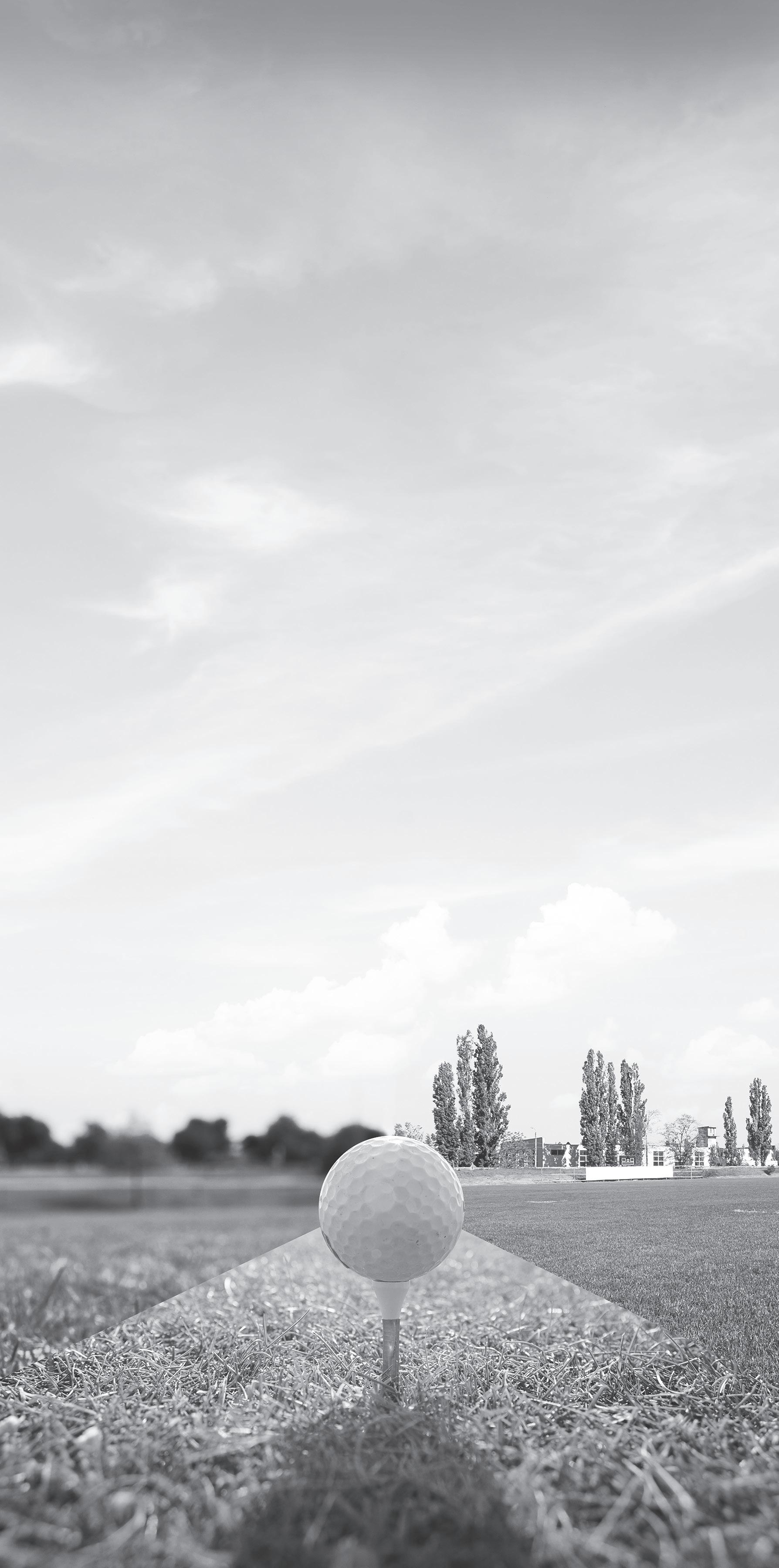
Progressive Turf Equipment Inc. 23 www.progressiveturfequip.com

Revels Tractor Co. Inc. 12 www.revelstractor.com
Rock Haven Turf Specialties 15 www.Facebook.com/RockHavenTurf
Smith Turf & Irrigation Back Cover www.smithturf.com
Sod Solutions 29 www.sodsolutions.com
STEC Equipment ....................................... 19 www.stecequipment.com
The Turfgrass Group 5 www.theturfgrassgroup.com
Weed Man 27 www.weedmanfranchise.com
The Virginia Turfgrass Foundation hosted our Fun on the Fairway Fundraiser at the Kingsmill Resort on October 29, 2022. This is one of our growing events that support the Virginia Tech Turfgrass Team and their ongoing turfgrass research and programs.



At this year’s event, we partnered with Drew Miller and his students from the award winning Brentsville District High School and their Turfgrass Management Program. We engaged two local high schools by contacting their athletic directors, administrators, teachers, and the local school district board of directors. Students, parents, and administrators from the schools came out for the event to see firsthand what Drew and his amazing team of students are doing both on and off the field. Through this partnership, Drew and the students created logos for both local Williamsburg schools, and engaged the students, leadership, and event attendees to help paint the 20’x20’ logos along the fairways of Kingsmill’s River Golf Course.
This partnership with Drew and his students has helped us redirect or focus to meet our goals of increasing the knowledge of the turfgrass industry across the Commonwealth and developing the next generation of turfgrass professionals and researchers. The expansion of successful high school-based Turfgrass Programs (like Brentsville DHS) into new schools and communities needs to happen. Coaches want to see these courses added and the Commonwealth of Virginia has already set up specific competencies related to Turf Management.
The expansion of the high school-based Turf Management Program will provide education, hands-on experience, and certifications to students and education to general consumers on the overall value and benefits of turfgrass. We believe the expansion of Turf Management classes in schools can offer an unexpected path to employment for students. They will get a taste of what it would be like to have full-time, permanent employment in turfand landscaping-related professions, creating a whole new generation of young people who are excited about Turf Management, landscaping, and related fields. Additionally, these programs will bring students a fun and educational activity to participate in along with feelings of school and community pride and pride about their own lives and accomplishments.
The VTF is actively looking for grants and funding to expand the adoption of Turfgrass Programs throughout the commonwealth school districts and we are excited to work with the Virginia Tech Turfgrass Team, Drew Miller, the VSTMA, the VGCSA, the Virginia Sod Growers, the VSGA, the VTC, and our community partners, to make it happen.
Brandyn Baty VTF Executive Director
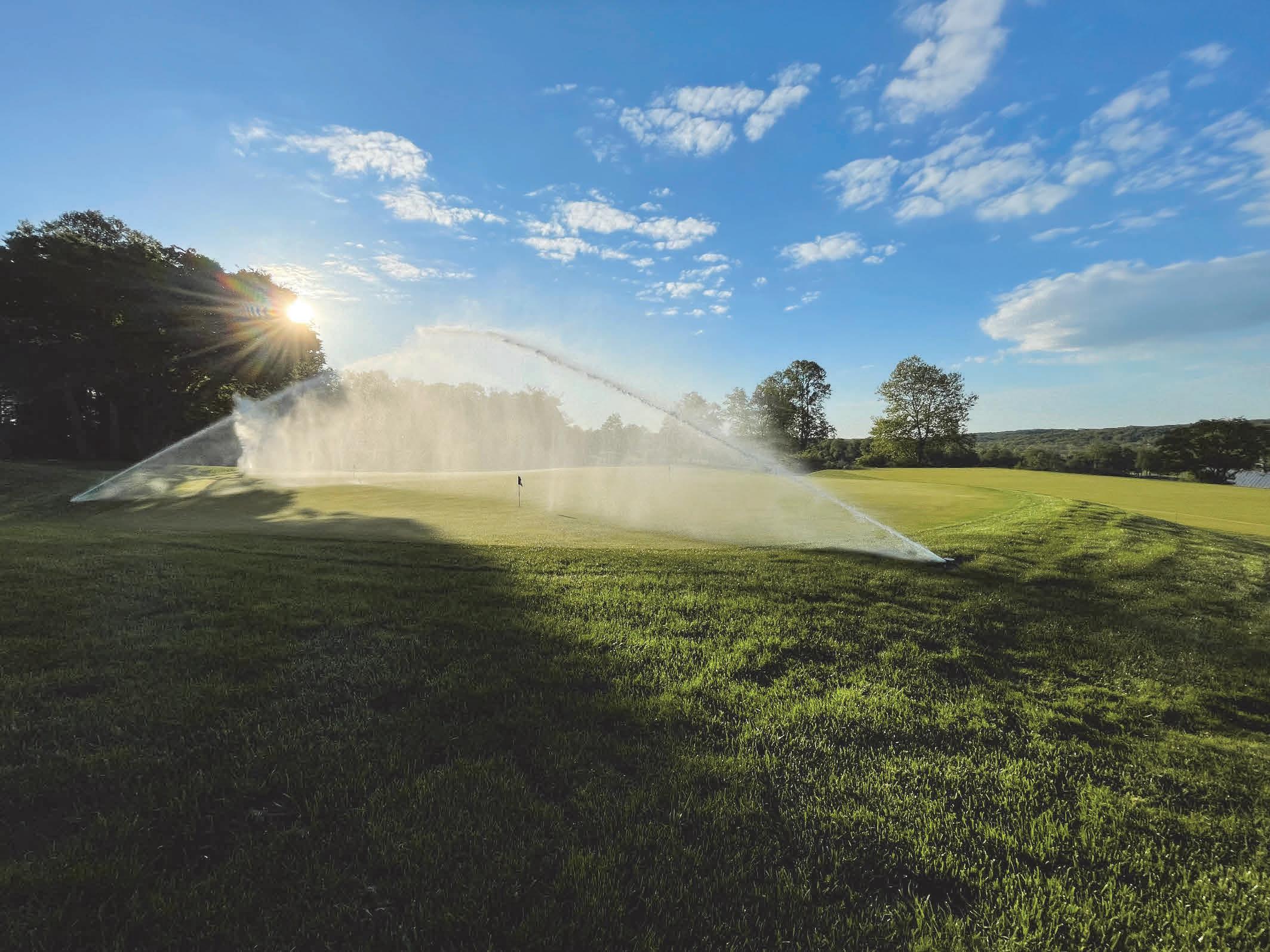

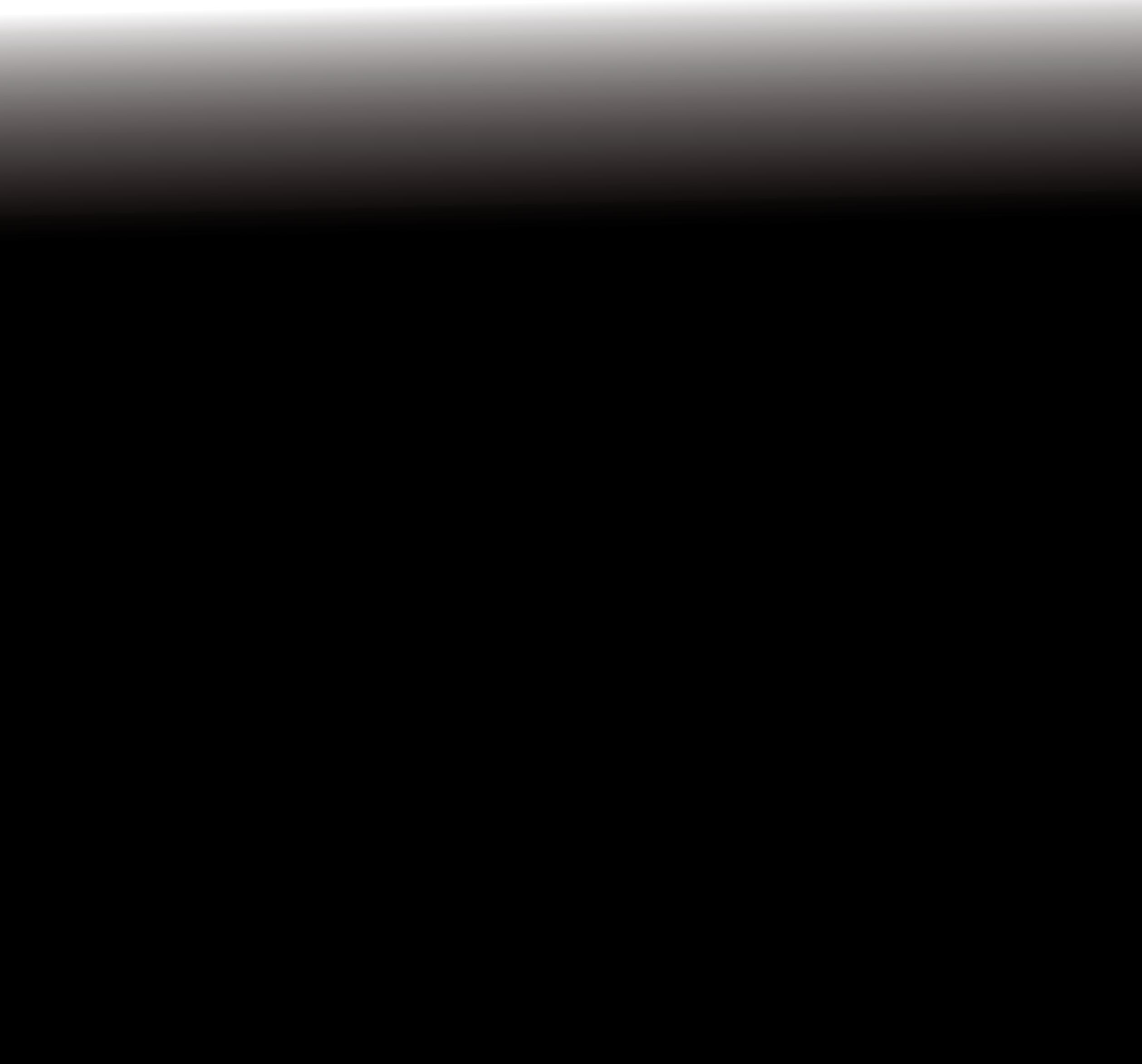




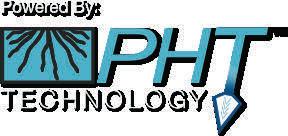




You never get a do over when purchasing equipment. That’s why you need John Deere. Our fairway mowers bring meticulous consistency and precision to every pass. And thanks to our passcode-protected TechControl, you can lock-in every operators’ mower speed, turn speed and transport speed, so they hit the sweet spot every time.
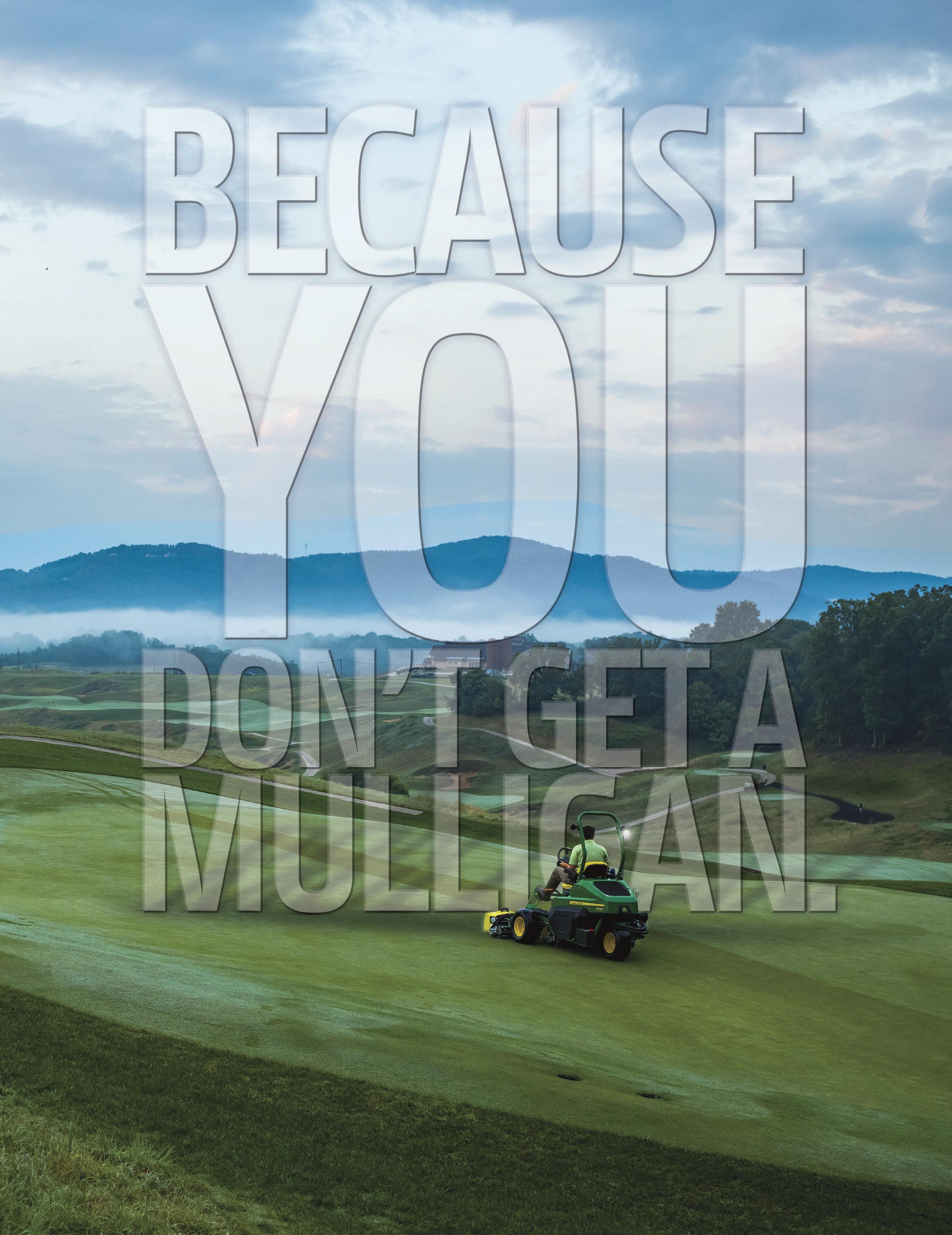
Learn more about the full line of John Deere golf turf equipment at Revelstractor.com or Finchturf.com


Buffers are Good Business
8:00 am Pesticide Recertification
Categories 3A, 3B, 5A, 6, 8,10, and 60 Categories 3A, 3B, and 60 are finished by 2:00 (others will be finished by 5:00)
Special: Persons attending the Pesticide Recertification program may stay longer and receive fertilizer recertification credit.
8:00 am – 12:00 pm Initial Pesticide Certification Review for Core Exam
1:00 pm – 4:00 pm Initial Pesticide Certification Exams (must have VDACS letter to take exams)
Buffers in the landscape are often overlooked but they are an essential element of a successful landscape. In addition to being required by local, state, and federal regulations, landscape buffers are a financial boom for companies prepared to enter this thriving – and growing – market.
8:30 am – 4:00 pm
• First, Take Care of the Soil Stuart Schwartz, Ph.D. University of Maryland
• Environmental Benefits of Buffers James Martin Virginia Dept. of Conservation and Recreation
• Turfgrass, A Natural Buffer Mike Goatley, Ph.D. Virginia Tech
• Trees as Buffers Joel Koci
Virginia State University
• Virginia’s new Watershed Program
Caitlin Verdu
Virginia Department of Forestry
• Business Opportunities in Establishing and Maintaining Buffers
Blair Blanchette
Virginia Association of Soil and Water Conservation Districts
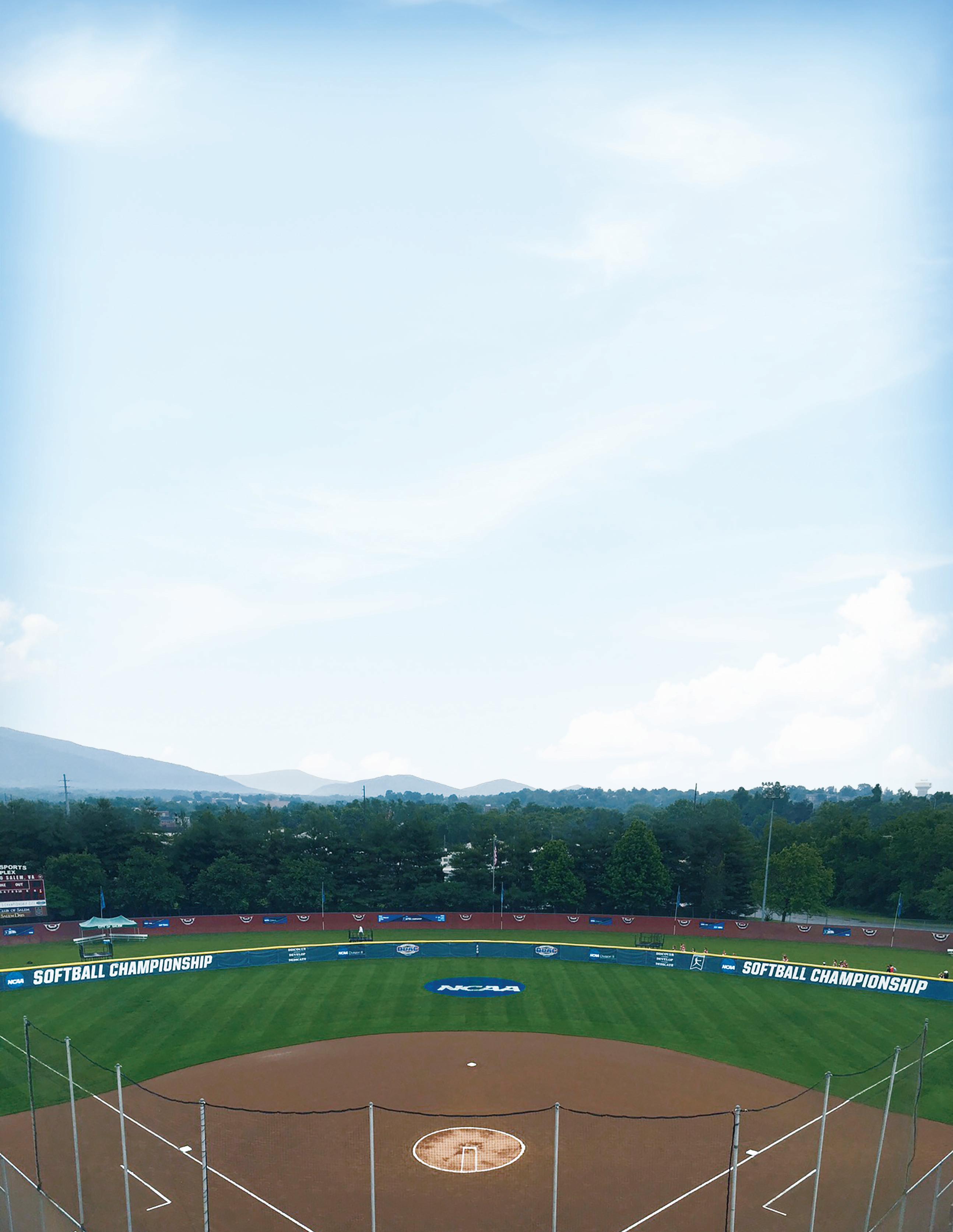

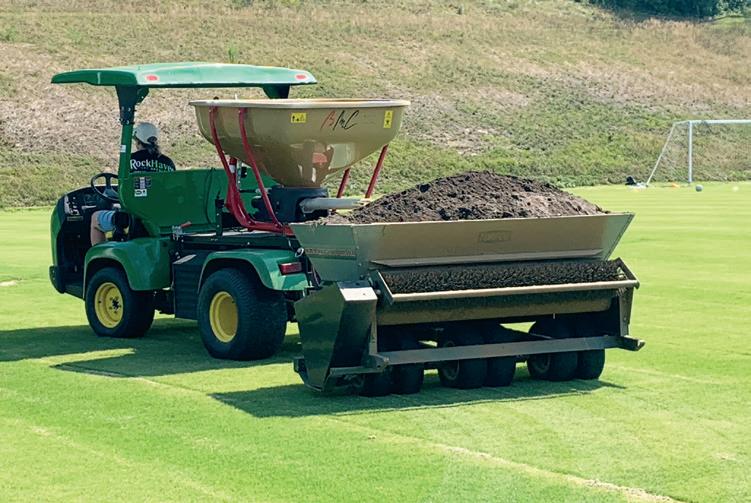
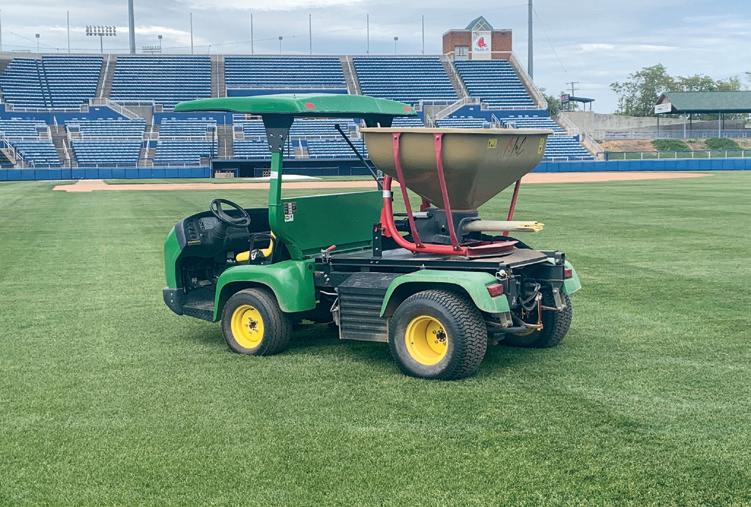

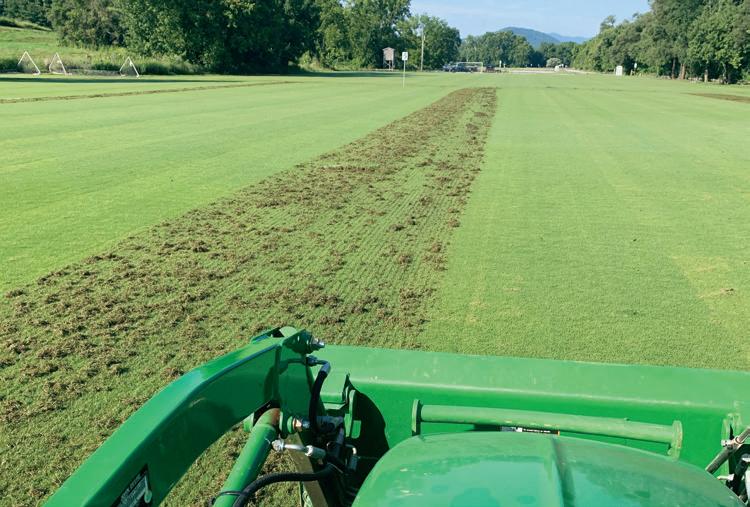
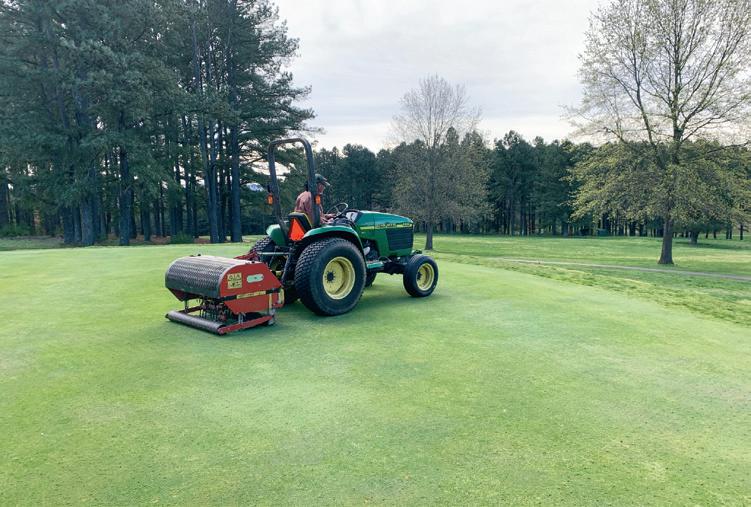
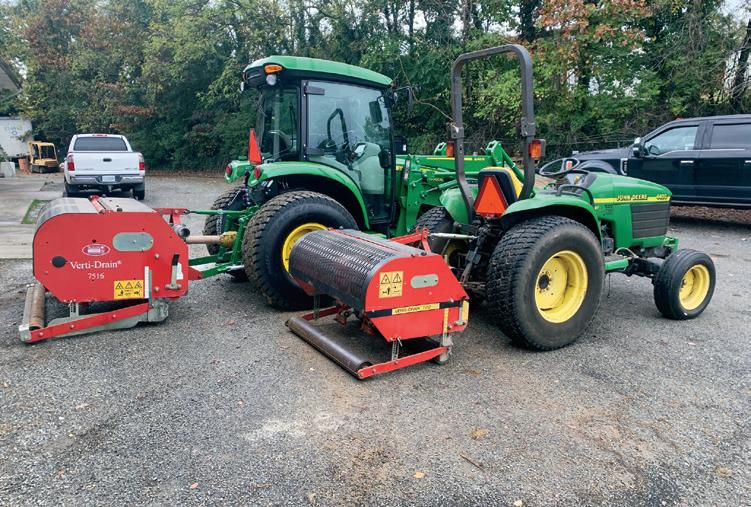
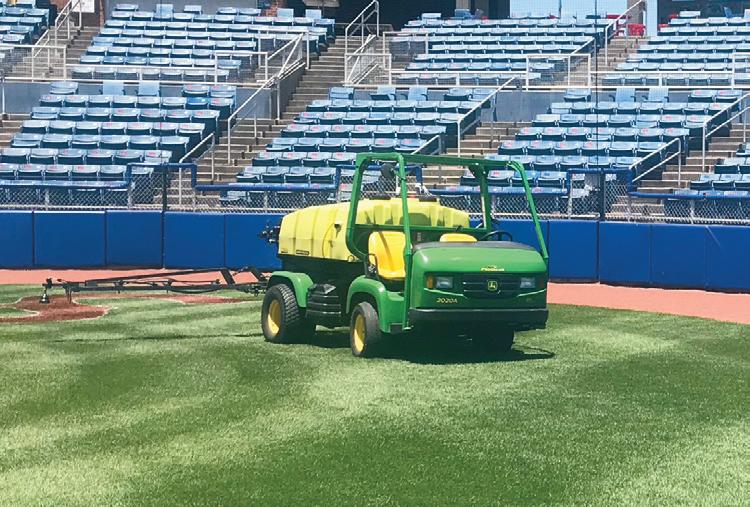


Virginia Turfgrass Council’s Environmental Institute (VTCEI) recently had the opportunity to participate in The Giveback, a community event in Southside Richmond, hosted by Councilmember Dr. Michael Jones. VTC-EI continuously seeks opportunities to connect with individuals and communities that can participate in and benefit from an understanding of clean and healthy ecosystems.




Tom Tracy, Phil Bailey, Harris Wheeler and Sam Burris made the trek to greet attendees and share more information about VTC-EI. Raising awareness of our cause in partnership with community leaders is a firm foundation to build upon for the future of the organization and the industry. Thank you for your support of the VTC-EI!


early December, forty-seven Green Industry professionals devoted three full days and attended the Landscape/ Lawn Short Course. This in-person event presented many topics, from selecting and maintaining woody plants to turfgrass weeds and insects. Why did they devote their valuable time? After all, they could have been working on final fall landscape tasks. They came to acquire knowledge and skills needed to raise their professionalism to better serve their clients, the landscape, and the environment. Instructors were all at the “A Level” and included persons from the National Association of Landscape Professionals, Virginia State University, Virginia Tech, Virginia Department of Conservation and Recreation, and the Virginia Cooperative Extension.

Mark your calendars.
The next in-person Landscape / Lawn Short Course is scheduled for December 5 – 7, 2023.





Once again, it will be held in Henrico County at the Belmont Recreation Center.

Salt stress is a major limiting factor in turfgrass management in many areas. Organic extract EarthMax contains not only humic acids, but also beneficial microorganisms including Bacillus Subtillis . Previous study showed that EarthMax improved turfgrass quality and physiological fitness under summer stress. The objective of this study was to investigate if foliar application of Bacillus Subtillis -containing EarthMax at three different rates affects physiological fitness and quality of creeping bentgrass under salt stress conditions.
We harvested mature ‘A4’ creeping bentgrass plugs (4" diameter) from field plots and transplanted into 6 inch pots filled with a USGA sand in Jan. 2022. The bentgrass was maintained at 15 mm and fertilized at 0.2 lb/1000 ft2 at transplanting and then 0.15 lb N/1000 ft2 biweekly thereafter. After about five weeks of nonstressed growth with optimum temperature, water, fertilizer, and light, we placed the pots in a controlled environment growth chamber at 72 F day (12 h)/64 F night, light intensity at 450 µmol m-2 s-1, 12 h photoperiod, and 65% RH. EarthMax and salt stress treatments were initiated. There were 5 treatments with 4 replications. A randomized block design was used. The treatments include 1). fertilized control + salt stress; 2). Fertilized control + no salt stress; 3). Earthmax at 1 fl oz/1000 ft2 + salt stress; 4). EarthMax at 2 fl oz/1000 ft2; and 5). EarthMax at 4 fl oz/1000 ft2. The treatments were applied biweekly. The EarthMax solution was applied to the canopy uniformly and the same amount of water was applied to the control treatment #1 and 2). After 12 h of EarthMax treatment, we initiated salt stress treatment. Sodium chloride (NaCl) solution with NaCl concentration gradually increased from 2 ds/m to 8 ds/m concentration in 48 h period. The salt concentration in the growth media was maintained at about 8 ds/m level during the trial.

The results showed that EarthMax application at the three rates improved leaf color ratings (Fig. 1) as measured from day 14 through day 56. EarthMax application at all three rates improved GL as measured at day 28, day 42, and day 56. Application of EarthMax at all three rates increased chlorophyll content at day 42 and 56. EarthMax treatments improved PE as measured from day 14 through day 56, except for low rate at day 28. EarthMax applied at mid and high rates improved antioxidant enzyme SOD activity at measured at day 28, 42, and 56. EarthMax treatments increased root length (Fig. 1) and root viability. The results of this study indicated that foliar application of organic extract can improve physiological fitness and salt stress tolerance of creeping bentgrass.




Heat and drought stress greatly reduce quality of creeping bentgrass putting greens during the summer months in U.S. transition zone. To improve putting green performance, golf course superintendents have used various cultural practices and chemical products, including biostimulants. Plant biostimulants have been used to improve stress tolerance and quality of turfgrasses. Silicon (Si) is naturally absorbed by plants from soil as monosilicic acid, Si(OH)4. Although Si is not considered to be an essential macronutrient, the content of Si in some plants can be in the range of certain macronutrients. These Si deposits are commonly found where their presence acts as a surfacearea defense system (on leaf and stem hairs, and on the outer epidermal walls) which benefits plant tolerance to drought. Silicon is also considered as a biostimulant, influencing plant physiological fitness under abiotic stress. Our previous study in growth chamber indicated that foliar application of Si improved creeping bentgrass heat and drought stress tolerance. The objective of this study was to evaluate effects of Si on physiological fitness and performance of creeping bentgrass putting greens during summer stress.
We conducted a field study at Virginia Tech Turfgrass Research Center, Blacksburg, in 2022. There were three treatments, including untreated control, potassium silicate (containing 4.7% silica) from Harrell’s at 3 fl. oz/1000 ft2 biweekly and potassium silicate at 6 fl. oz/1000 ft2 applied biweekly beginning June 8 and ending August 31. Plot size was 5 x 6 ft. A randomized block design with four replications was used. Regular fertilization and mowing were performed. The plots were subjected to two dry-down cycles from June 21 to June 30, and from July 11 to 20 by withholding irrigation. Various physiological and metabolic responses to Si treatments were measured biweekly, and root biomass and viability were determined at the end of the trial. The data were analyzed with an analysis of variance and mean separations were performed with Duncan’s least significant difference at p= 0.05.
The results showed that Si applications at 6 oz/1000 ft2 significantly improved turf quality, leaf color ratings (Fig. 1), leaf chlorophyll content, antioxidant enzyme superoxide dismutase activity, and photochemical efficiency, especially when measured at the end of each dry-down cycle when the grass experienced severe drought stress. Si application at 3 lf oz/1000 ft2 also exhibited beneficial effects on creeping bentgrass, especially in late summer. The Si treatments at both rates increased root biomass (Fig. 2) and root viability as measured at the end of the trial. The results of this study indicated that the potassium silicate applied at both 3 fl oz and 6 fl oz/1000 ft2 improved summer stress tolerance of creeping bentgrass.
We would like to thank Harrell’s for the support of this research.

 Ph.D.
Ph.D.
Blue grama’s (Boutelous gracilis) excellent drought tolerance and ability to withstand and survive seasonal temperature extremes with minimal inputs make it a potential candidate for use along roadsides, out-of-play areas of golf courses, cemeteries, etc. Our objective is to determine whether blue grama is a viable utility grass alternative in the midAtlantic transition zone under minimal establishment inputs. Field observation studies include evaluating commercially available cultivars, determining optimal seeding rates, and assessing suitable planting dates. Five commercially available cultivars of blue grama (Alma; Bad River; BirdsEye; Hachita; Lovington) were evaluated for emergence and establishment capabilities with minimal inputs. Five seeding rates (0.1, 0.5, 1.0, 2.0, and 4.0 lbs 1000ft2) of two cultivars (BirdsEye and Lovington) were evaluated for percent ground cover and time to establish acceptable cover. Both studies were planted 14 May and initiated with approximately ¼ inch of irrigation. BirdsEye and Lovington were utilized to determine optimal planting dates based on soil temperatures throughout the growing season at 50°F,

59°F, 68°F, 77°F, 68°F, 59°F, and 50°F, and initiated with ¼ inch irrigation. All cultivars attained acceptable emergence and plot coverage of 70% by four to six weeks. Acceptable coverage was achieved at three and four weeks for BirdsEye and Lovington, respectively, at a 19.5 g m-2 seeding rate. Acceptable coverage was not achieved with a 0.1lbs 1000ft2 seeding rate of BirdsEye, while Lovington took seven weeks. Spring plantings at 59°F and 68°F were the only viably acceptable plantings, achieving 70% target coverage in four to six weeks. Plantings at 77°F, late season 68°F and 59°F, and 50°F in the spring or fall were unsuccessful. Our data indicates blue grama can succeed in the mid-Atlantic region under minimal-input conditions and would be a viable utility grass option.

Creeping bentgrass (Agrostis stoloniferia) experiences quality decline during summer stress. Various bioproducts have been used to improve creeping bentgrass performance during summer in the United States transition zone. Various plant biostimulants, such as extracts of brown seaweed (Ascophyllum nodosum), humic and fulvic acids, protein hydrolysates and other N-containing compounds, beneficial microorganisms, and small organic molecules, have been used for turfgrass management. Although various hormones and other hormone-like compounds have been identified in SWE, the hormonal effects of extracts of the brown seaweed Ascophyllum nodosum are explained to a large extent by the down- and upregulation of hormone biosynthetic genes in plant tissues, and to a lesser extent to the hormonal content of SWE themselves. The SWEs may protect chlorophyll, and photosynthetic function, and delay leaf senescence and also promote root growth and viability. Cytokinins can improve NaR activity and N assimilation Utilize®, a SWE –based biostimulant, is derived from extracts of brown seaweed Ascophyllum nodosum and it formulated exclusively for Helena Agri-Enterprises by Goemar (Saint Malo Cedex, France). The objectives of this study were to determine the optimum rate of foliar application of SWE-based biostimulant Utilize® for improving creeping bentgrass tolerance to heat and drought stress and quality. The experiment was conducted in the growth chamber at Virginia Tech, Blacksburg, VA. Mature ‘Penn A4’ creeping bentgrass plugs (10 cm diameter) were transplanted into plastic pots (16 cm diameter) filled with The United States Golf Associationspecified sand with 10% peat. Plants were cultured in growth chambers (Conviron, model PGC20) with temperatures at 22

/18 ºC (day/night), 70% relative humidity, 12-h photoperiod and photosynthetically active radiation (PAR) at 400 µmol·m-2·s-1. Plants were fertilized at 0.15 lb N/1000 ft2 (28-8-18 plus micronutrients) every two weeks, trimmed to 5 cm weekly, and irrigated by hand until water drained from bottom of the pots, three times per week. Plants were grown in growth chambers for about six weeks. The treatments were applied to the grass as follows: 1). Control; 2). Utilize® at 29 µL m-2; 3). Utilize® at 58 µL m-2; 4). Utilize® at 87 µL m-2; and 5). Utilize® at 116 µL m-2. There were 5 treatments with 4 replications. Fourteen days after initial application, turfgrass was subjected to heat and drought stress treatment with temperatures at 35/25 ºC (day/night). The grasses were irrigated daily to compensate for 40 – 50% of gravimetrically measured evapotranspiration (ET) loss. Physiological and metabolic data were collected biweekly and root biomass and viability were determined at the end of the trial.
The results indicated that foliar application of Utilize® at 58, 87, and 116 µL m-2 biweekly consistently improved turf quality and leaf color ratings (Fig. 1), increased leaf chlorophyll and carotenoid content, net photosynthetic rate, nitrate reductase (NaR) activity, and root growth and viability. Utilize® at 58, 87, and 116 µL m-2 increased NaR activity by 26.5%, 16.3%, and 16.3%, respectively, when compared to the control. Utilize® at 58, 87, and 116 µL m-2 increased root biomass, root length, surface area (SA), and root volume when compared to the control. The results of this study suggest that SWE-based biostimulant Utilize® improves N metabolism and root viability. Foliar application of Utilize® at 58 µL m-2 biweekly could effectively improve creeping bentgrass performance during summer stress.
pring dead spot (SDS) is the most economically important disease of hybrid bermudagrasses. Conventional treatment for SDS includes fungicide applications over an entire affected area. This leads many golf courses to use cheaper but less effective products to save money. Previous research from our lab indicated that precision management could be used to reduce the fungicides (by 65% in that study) while still maintaining SDS control similar to full-coverage applications. However, this utilized hand drawn maps which take time and expertise to generate. Last year we developed a Python script to automate the SDS identification process across fairways, and we now hope to test its capabilities in the field. In this study, we collected drone imagery from 16 golf course fairways at 3 locations across Virginia in the spring of 2021. Fairways were separated into one of 4 treatment types: No treatment, full coverage, spot treatment, and zonal treatment. Spot treatments were created with a 3 ft radius buffer around points generated by the aforementioned script and zonal treatments were selected based on density of
detected points. Treated areas received 3.2 fl oz/1000 ft2 of Kabuto (Isofetamid) applied in the fall of 2021 applied using a Toro Multipro 5800 with Geolink GPS sprayer. Results imagery was collected in the spring of 2022 and all imagery was analyzed to determine the number of SDS patches within each fairway for both years to get percent change in SDS. Nontreated fairways showed an increase in SDS incidence. Spot and zonal treatments showed similar suppression to full-coverage applications while reducing the area covered between 10-85%, depending on disease intensity of each fairway. In May 2022, we applied these approaches to all golf course fairways and roughs at Independence Golf Club in Midlothian, VA. The use of SDS incidence maps resulted in an 80% reduction in treated fairways in October 2022. These results highlight the possibility for precision treatment of turfgrass pests in controlling environmental input and reducing cost. We hope this research can help to influence turfgrass managers to adopt this precision sprayer technology to more efficiently maintain their fields.

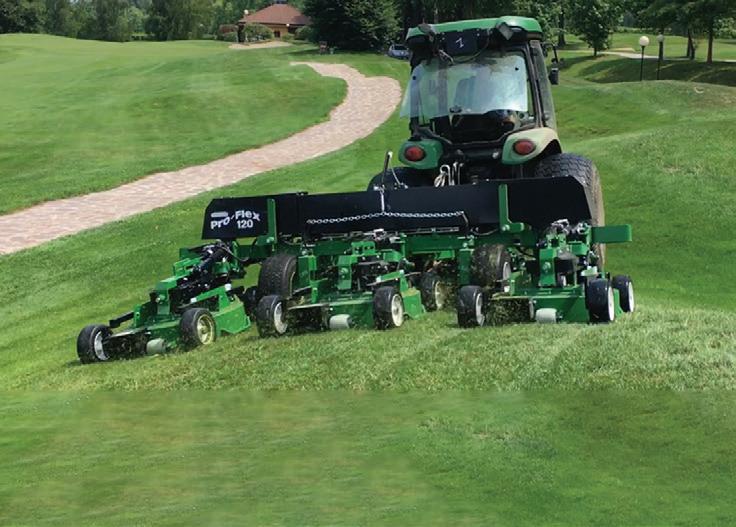



Authors: Aaron Tucker, Caleb Henderson, David McCall, Ph.D., Jon Eisenback, and David Haak

Standard methods of lance nematode identification and quantification involve hand counting nematodes. These standard methods require time and a specific level of expertise to hand count both accurately and precisely. This is a subjective process that is time exhaustive when many samples need attention. The goal of this research is to evaluate if using a qPCR approach to identify and quantify lance nematodes can be equivalent to the standard methods of nematode counting and more time efficient with bulk sampling. A qPCR reaction shows amplification of targeted DNA in real time measured by the number of cycles required to meet a threshold of amplification (Ct). Twenty-four samples were collected in September 2022 from Foundry Golf Club in Powhatan, VA. Each sample was saved in 25ml vials after traditional methods of nematode extraction and hand counting for qPCR methods. Hand counts showed 12.5% of samples were at or above the current lance damage threshold of 100 nematodes per 100cc of soil. The average Ct value for the current economic threshold was determined to be 32.15 and any qPCR samples that are below that Ct value are considered problematic for golf course greens. Primers were selected based on former gene selection research for lance nematodes (Bae et al., 2008) and specificity was tested against ring, spiral, and sheath nematodes within the 24 samples. Primer specificity assays of lance alone exhibited a positive identification where assays of ring, spiral, and sheath alone were negative. Combinations of lance with each selected plant parasitic nematodes above resulted in positive identifications. Overall, results show a level of success in amplification; however, these methods are inconsistent and currently would not be a viable alternative to traditional methods of nematode extraction. Future work will look at diluting DNA in qPCR reactions to achieve more specific amplification.


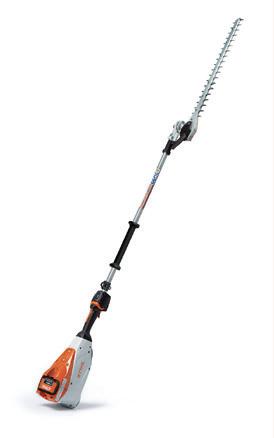

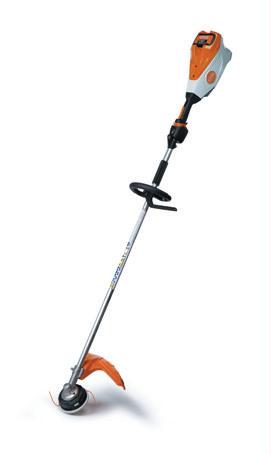

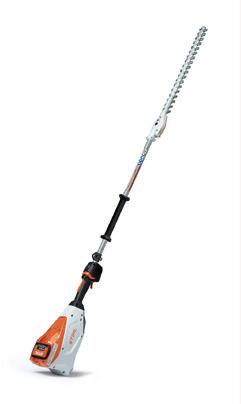
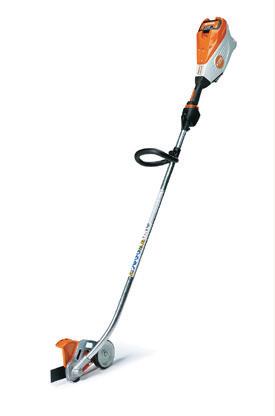

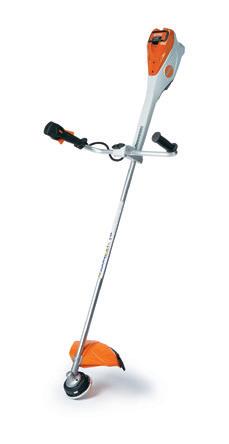
 Authors: Travis Roberson, David McCall, Ph.D., Chase Straw, Ph.D. (Texas A&M)
Authors: Travis Roberson, David McCall, Ph.D., Chase Straw, Ph.D. (Texas A&M)

ater is our world’s most vital resource and is crucial for all life on Earth. The use of water on golf courses is essential to maintain high standards. Within the United States, approximately 6 trillion gallons of water were consumed across 21,000 golf courses for daily management of areas such as tees, fairways, and greens in the year of 2014. However, this high-water usage on golf courses creates controversy because of limited tangible benefits, such as yield
associated with most agricultural crops. For this reason, golf courses receive a negative stigma, especially during periods of prolonged drought conditions. However, most golf course superintendents adopt management practices and technologies to aid in irrigation management decisions, resulting in reduced water use. Golf course superintendents have seen drastic advancements in irrigation software, drought tolerant cultivars from breeding programs, water budgeting, converting acres to native areas, implementing soil moisture time-domain reflectometers (TDR), among other strategies over recent decades. These practices tend to be localized to certain areas across the golf course and do not encompass the property as a whole for daily management decisions. Monitoring large acreage areas of turfgrass is best seen from a ‘birdseye’ view. The use of drones equipped with special sensors is expanding rapidly and may aid in soil moisture monitoring. Previous research has shown a high correlation between visual, near-infrared, and thermal imagery and turfgrass under significant drought stress within smallplot field and greenhouse research. Despite substantial advances in soil moisture monitoring research, many concepts fail when scaled across large acreage because of convoluting aspects like surface topography, soil texture, and other extraneous factors. The overall goal is to spatially map both aerial estimations of drought stress and static environmental conditions (topography and underlying soil characteristics) across multiple dry-down cycles. This information will allow us categorize site specific management zones across large acreage to group irrigation heads into prescription zones. Within these zones, we will also identify specific coordinates of the most optimal locations to install wireless soil sensors. These sensors will allow real-time feedback through continuous soil moisture data tracked throughout the study. We will track the total amount of water applied for comparison between fairways with management zones and sensor technology and others managed based on typical evapotranspiration (ET) based watering. Our hope is this research will improve the irrigation efficiency across golf courses beyond simply relying on ET data that does not account for variability across micro-environments.
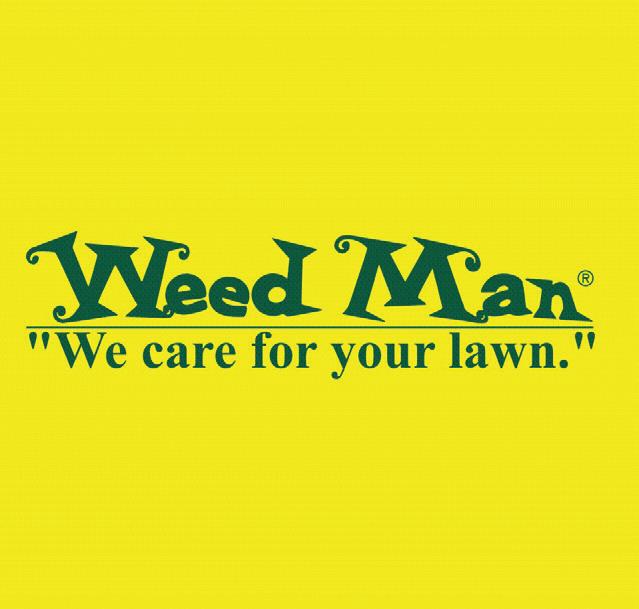
will continue to run these bioassays during 2023 to document any early signs of developing insecticide resistance from this insect.

 Authors: Alejandro Del-Pozo, Ph.D. and Tom Kuhar, Ph.D.
Authors: Alejandro Del-Pozo, Ph.D. and Tom Kuhar, Ph.D.
TheEntomology team at Virginia Tech continued to work on providing more information for annual bluegrass weevil detection and control tactics during 2022. Consistently, this pest has had a first peak of activity from mid-March to early April during the past two years. Differences on dates for those peaks were influenced by the geographical location, where high densities have been documented earlier in eastern VA, compared to the western part of the state. Therefore, scouting remains a crucial component to improve the timing of deploying a control tactic for this devastating pest.

Light reflectance can be utilized to detect and document turfgrass areas infested by this weevil. The expectation is that ABWstressed turfgrass will have lower reflectance profiles, influencing the calculation of indexes such as the Normalized Difference Vegetative Index (NDVI). Data collected from ABW-affected golf courses during 2022 showed a correlation between ABW populations and the calculated NDVI. We observed that NDVI values of ~0.75 were associated with our lowest ABW densities (Fig. 1).
Insecticides are one of the most used methods for controlling this pest. Based on laboratory bioassays documenting the susceptibility of adults to selected insecticides, pyrethroids remained the most efficacious active ingredients to control this insect in Virginia. During these assays, adults collected from VA Beach, Richmond and Blacksburg were only exposed to be in contact with the chemical by walking on a treated filter paper inside a petri dish. Both bifenthrin (100%) and lambda-cyhalothrin (~90%) provided acceptable mortality rates on these weevils. Lower adult mortality rates (~50%) were documented from adults assayed using indoxacarb. This last chemical has limited action as a contact product, since it needs to be ingested to be effective. The Entomology team
Data from insecticide efficacy trials set up at two golf courses showed most of the treatments provided a short-term reduction of ABW adults. A combo product including the active ingredients dinotefuran + alpha-cypermethrin (Alucion), a second product containing lambda-cyhalothrin (Scimitar) and a third one with tetraniliprole (Tetrino) consistently lowered adult densities in treated plots at the 5 days after treatment (DAT) mark. Adults continued to walk into these plots from outside of the experiment, influencing densities collected by 18 DAT. Additional locations and replications of these field insecticide efficacy trials will be continued during next year. If interested in learning more about all these projects, please contact authors at adelpozo@vt.edu and tkuhar@vt.edu
On November 14, 2022, in conjunction with 330 other industry organizations, VTC and VTC-EI signed the following letter addressed to congressional leaders in Washington in reference to policy relating to the regulation and labeling of pesticide products. This is one of many ways the VTC and VTC-EI are working for you!
We write to express our great concern with recent misinterpretations of long-standing policy regarding the regulation and labeling of pesticide products, as some states have begun to regulate pesticides in a manner contradicting decades of scientific guidance from the Environmental Protection Agency (EPA). Lack of certainty on EPA-approved, science-based nationwide labels will erode access to current and future pesticides, threatening crops and grower incomes, conservation practices, public health, vital infrastructure, and ultimately raise food prices for families amidst record-high inflation. Growers and users need reaffirmation from Congress that states have every right to build on the federal government’s baseline regulations but cannot directly contradict the scientific conclusions of the EPA.
The last several years have demonstrated how fragile our food production and infrastructure systems can be. Whether driven by war in Ukraine, extreme weather events, or COVID-19 disruptions, our economic wellbeing and access to a safe, affordable food supply relies on many factors. Pesticides are an essential tool for many growers and other users whose operations rely on them, and for consumers and our environment which benefit from their use. If left unchecked, some pests can inflict crop yield losses greater than 80 percent, destroy important infrastructure, harm public health through mosquito-borne disease or other outbreaks, among other harms. Additionally, pesticides are essential to maintaining and expanding vital conservation practices, such as cover crops or tillage reductions, which remove the equivalent of millions of cars from roadways annually, reduce soil erosion, and prevent nutrient loss to watersheds. Without access to safe, effective pesticides regulated with the best available science, food prices for American families will rise significantly and our ability to protect public health, infrastructure, and our environment will be greatly diminished.
Disturbingly, we are seeing in states an emerging threat that risks access to these essential tools on which farmers and other users rely. The Federal Insecticide, Fungicide and Rodenticide Act (FIFRA), the primary statute governing pesticides, places EPA in the authority to make foundational, science-based decisions on how pesticides can be labeled and used. States are permitted to regulate the sale and use of pesticides under FIFRA but are preempted from requiring additional or different pesticide labels or packaging. Nevertheless, in recent years we have seen actions from states that directly and unjustifiably contradict EPA’s scientific findings on pesticide safety. These actions risk creating an unworkable, inconsistent patchwork of state or municipal pesticide labels that can quickly disrupt commerce and access to these much- needed tools. As concerning, this threatens to jeopardize public confidence in EPA’s authority and science-based regulation under FIFRA, as well as the continued availability of individual tools on which there are contradictory claims.
We urge Congress to seriously consider the far-reaching implications should this tension go unaddressed by federal policymakers. The ability of farmers, land managers, and other users to produce an abundant food, feed, and fiber supply, combat public health threats, implement important conservation practices, and maintain vital transportation and utility infrastructure will be significantly impaired. In turn, food prices will further increase for families; important infrastructure will fall into disrepair; our population will be increasingly vulnerable to vector-borne diseases; and our ability to combat climate change and other environmental challenges will be undermined. We strongly urge Congress to reaffirm that EPA is the primary, federal authority under FIFRA for making pesticide findings and decisions, and that states may regulate their use, but not impose additional labeling or packaging requirements. Congressional action on this important matter will ensure our nation’s farmers and other users have reliable access to these vital tools in the years to come.
To see a full list of signers, visit https://soygrowers.com/wp-content/uploads/2022/11/11-14-22-FIFRA-Federal-State-Preemption-Letter.pdf

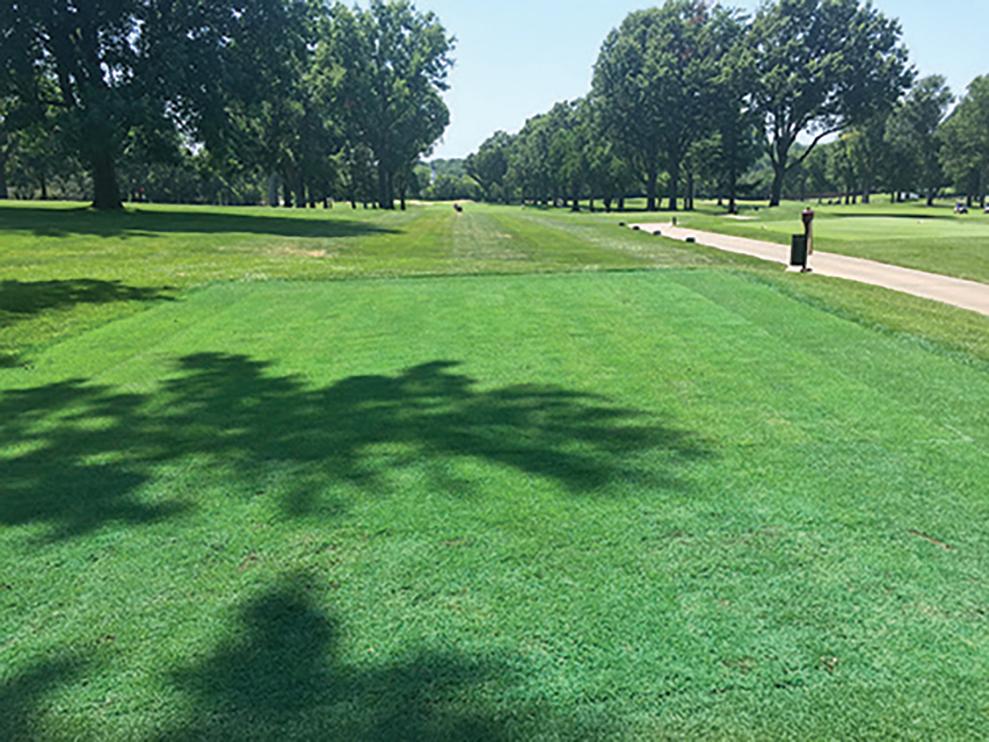
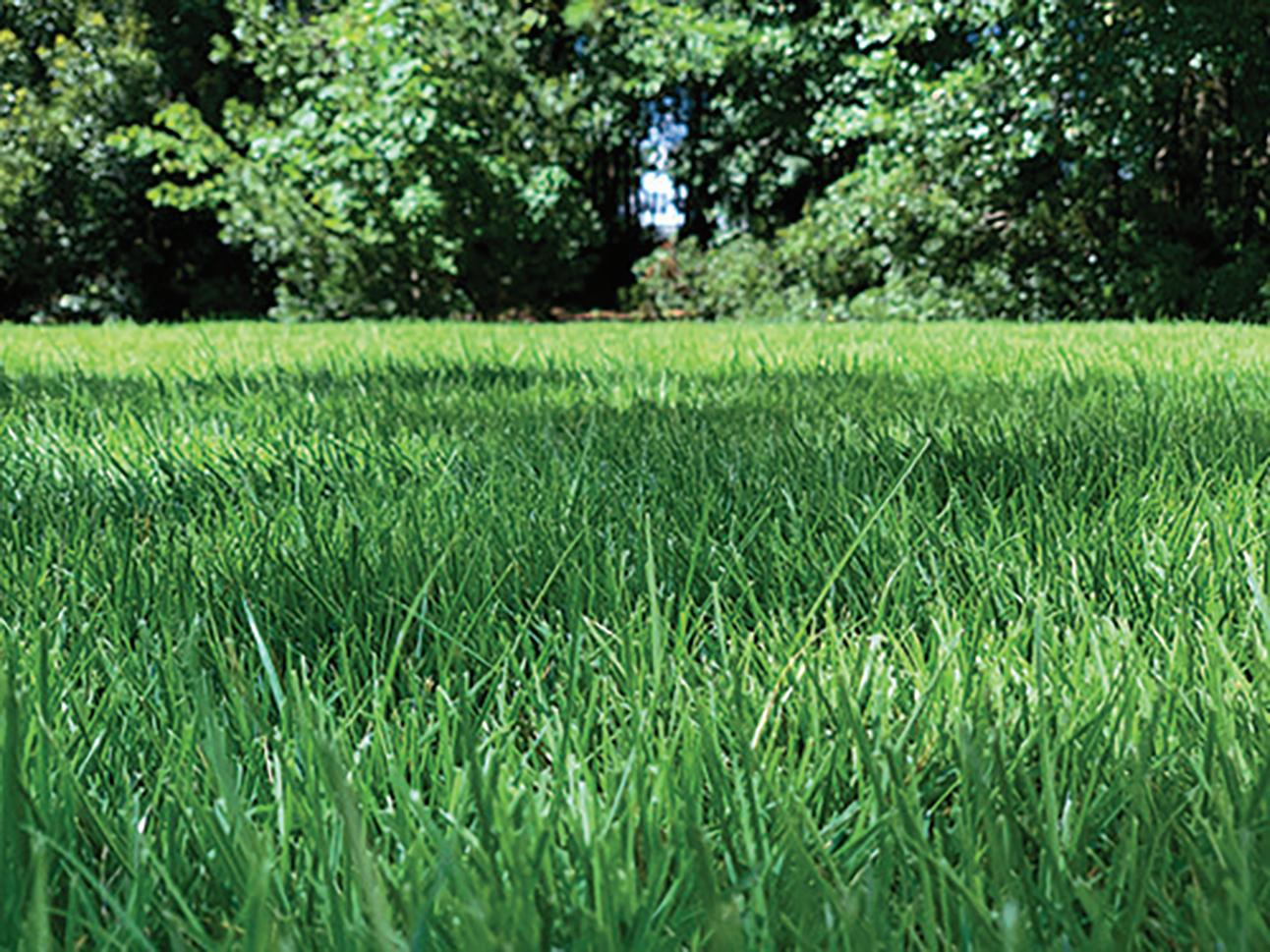
Another turfgrass management practice that can affect land in the future is the use of chemicals. There are chemicals used in lawncare that could be toxic if applied improperly, and any applicator should know the correct application process. According to DTE Golf, “Pesticides, herbicides, and insecticides are all chemicals used to maintain the idyllic appeal of a lush green golf course.” (para. 1) In essence, golf courses use the same chemicals as any lawncare company, so these same kinds of chemicals are used all throughout the industry. Some of these chemicals incorporate formaldehyde, which is unsafe if found in drinking water or fish habitats. Harmful chemicals such as these can find their way into the water if a lawncare applicator sprays on a windy day, which is poor practice. Most lawncare companies take precautions against this by having their workers take a break from spraying if it gets too windy, or even having them take the day off. Thanks to precautions such as these, chemicals don’t enter the aforementioned waterways.
You don’t have to look far to find an article, video or social media post that is critical of lawns, golf courses, or any maintained turfgrass area. Uninformed laypersons may make assumptions about the plants and products used by the green industry that take hold despite inaccuracies. It has certainly been an uphill battle to educate the public and policy makers about the many benefits of the responsible use of those products.
Austin Zeigler, an 11th grade student, chose to address those inaccurate claims in an essay assignment. His report (below) is a great encouragement to the “old guard” of turfgrass professionals – seeing the next generation take up the cause of defending and promoting turfgrass gives hope that the industry will have fierce champions in the years to come.

InAmerica, the turfgrass lawn care industry produces 57 billion dollars a year in revenue. Capital growth in the industry is expanding, not declining. Thanks to this, applications are becoming more commonplace among neighborhoods across the states. Coupling with this economic growth is a requisite responsibility by the turfgrass industry to utilize environmentally sound applications, practices, and products for the future far reaching benefits of the land and the people who live on and enjoy the land.
One such practice that has an effect on the environment is the use of engine powered equipment. All applicators, whether trained or not, should know these effects. Joshua Rapp thinks that, “A perfect lawn can also contribute to rising carbon dioxide emissions” (Rapp, para 3.) This point of view is understandable, yet incorrect. Rapp didn’t think to ask about how much carbon dioxide a healthy lawn absorbs. According to the EPA, one gas lawn mower emits 89 pounds of CO2 per year. While on the other hand, Maureen Wise says that turfgrass filters “46.0 to 127.1 grams of carbon per square meter per year.” (Wise, para 2.)
The average lawn is about 10,871 square feet in the United States, which is equal to about 1010 square meters. This means that a lawn can filter anywhere from 102.4 to 283 pounds of carbon dioxide per year. This number greatly outweighs the mere 89 pounds produced by a lawnmower. While the equipment used in turfgrass management does have an effect on the environment, the products of a healthy lawn cancel out said effect.
From the outside looking in, it may seem like GMO grasses are a great resource in lawncare, but digging deeper may uncover some future environmental downsides. “Genetically modifying grass can add to the plant’s wear tolerance, drought tolerance, and heat tolerance” (Raehl, para 1.) This all seems highly beneficial, but praising the benefits without being aware of the risks is an ignorant man’s game. After further research, I have found that there are some downsides in GMO grasses. “…[Genetically modified Creeping Bentgrass]’s extreme resistance to [RoundUp] has made it extremely difficult to control.” (Nosowitz, para 4.) Because this grass was modified to withstand Round-Up, when it began to appear where it wasn’t meant to, it was a challenge to keep under control. GMO grasses may seem like a great idea, and very well could be. That being said, it is possible that their unresearched downsides may outweigh the good.
In summation, there are countless practices, application methods, and products that can affect the environment in the near and distant future. Examples such as spreading chemicals in poor conditions and use of under researched products are just footnotes of possible environmental effectors in the turfgrass industry. The only method of not just subsiding, but ultimately eliminating negative effects from turf management is knowing all of the ins and outs of applications, products, and the business in general.
Down to Earth Organic and Natural Risks of Genetic Engineering | Down to Earth Organic and Natural. (n.d.). Retrieved September 28, 2022, from https://www.downtoearth.org/label-gmos/risks-genetic-engineering DTE Golf (2022, August 3). Understanding Golf Course Chemical Application. DTE Golf. Retrieved September 28, 2022, from https://www.dte.golf/blog/understanding-golf-course-chemicalapplication#:%7E:text=Pesticides%2C%20herbicides%2C%20and%20insecticides%20are,in%20 turfgrass%20while%20preventing%20damage
Farmer, M. (2021, October 6). You Need to Be Paying Attention to GMO Grass. EcoWatch. Retrieved September 28, 2022, from https://www.ecowatch.com/gmo-grass-2587855044.html
Finiani, M. (2022, June 10). Safe Lawn Care Chemical Use - LandPro. NIP Group. Retrieved September 28, 2022, from https://nipgroup.com/safe-lawn-care-chemical-use/
J. R. Learn Learn, J. R. (2021, May 29). Your Perfect Lawn Is Bad for the Environment. Here’s What to Do Instead. Discover Magazine. Retrieved September 28, 2022, from https://www.discovermagazine.com/ environment/your-perfect-lawn-is-bad-for-the-environment-heres-what-to-do-instead
Kauffman, Gretel "Is the Bible a Defense for Corporal Punishment of Children?" Christian Science Monitor, 01 Sep, 2016, SIRS Issues Researcher, https://sks.sirs.com
Lawn Love Best Treatments for Brown Patch. (2022, June 17). Lawn Care Blog | Lawn Love. Retrieved September 28, 2022, from https://lawnlove.com/blog/lawn-care-tips-best-treatments-for-brown-patch/ Medline Plus Genetically engineered foods. (n.d.). Retrieved September 28, 2022, from https://medlineplus. gov/ency/article/002432.htm
Raehl, Brian Lawn Care in Virginia | Weed Control, Seeding, More | Agronomic Lawn Management. (2021, April 30). Retrieved September 28, 2022, from https://www.fertilizewithalm.com/
Scotts The Environmental Benefits of Your Lawn. (2021). scotts.com. Retrieved September 23, 2022, from https://www.scotts.com/en-us/library/lawns-matter/environmental-benefits-your-lawn#:~:text=Unlike%20 hard%20surfaces%20such%20as,noise%20pollution%2C%20and%20reduce%20temperatures
UNM Lawncare Environmental benefits of healthy lawns. (n.d.). UMN Extension. Retrieved September 28, 2022, from https://extension.umn.edu/lawncare/environmental-benefits-healthy-lawns#turfgrass-coolsthe-air-637162
published bimonthly. Subscriptions are complimentary to members of VTC. POSTMASTER: Send change of address notification to VTC, P.O. Box 5989, Virginia Beach, VA 23471. Postage guaranteed. Third-class postage is paid at Jefferson City, MO. Printed in the U.S.A. Reprints and Submissions: Virginia Turfgrass Journal allows reprinting of material published here. Permission requests should be directed to VTC. We are not responsible for unsolicited freelance manuscripts and photographs. Contact the managing editor for contribution information. Advertising: For display and classified advertising rates and insertions, please contact Leading Edge Communications, LLC, 206 Bridge Street, Suite 200, Franklin, TN 37064-3394, (615) 790-3718, Fax (615) 794-4524. Deadlines are the first of the month prior to the following month’s publication. (Example: August 1 for the September issue.)

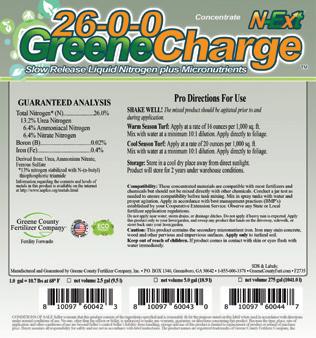

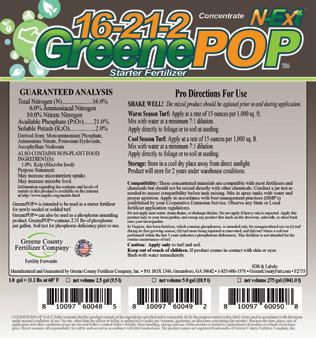

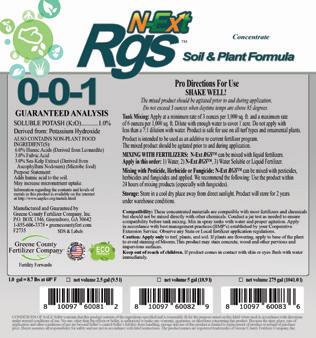

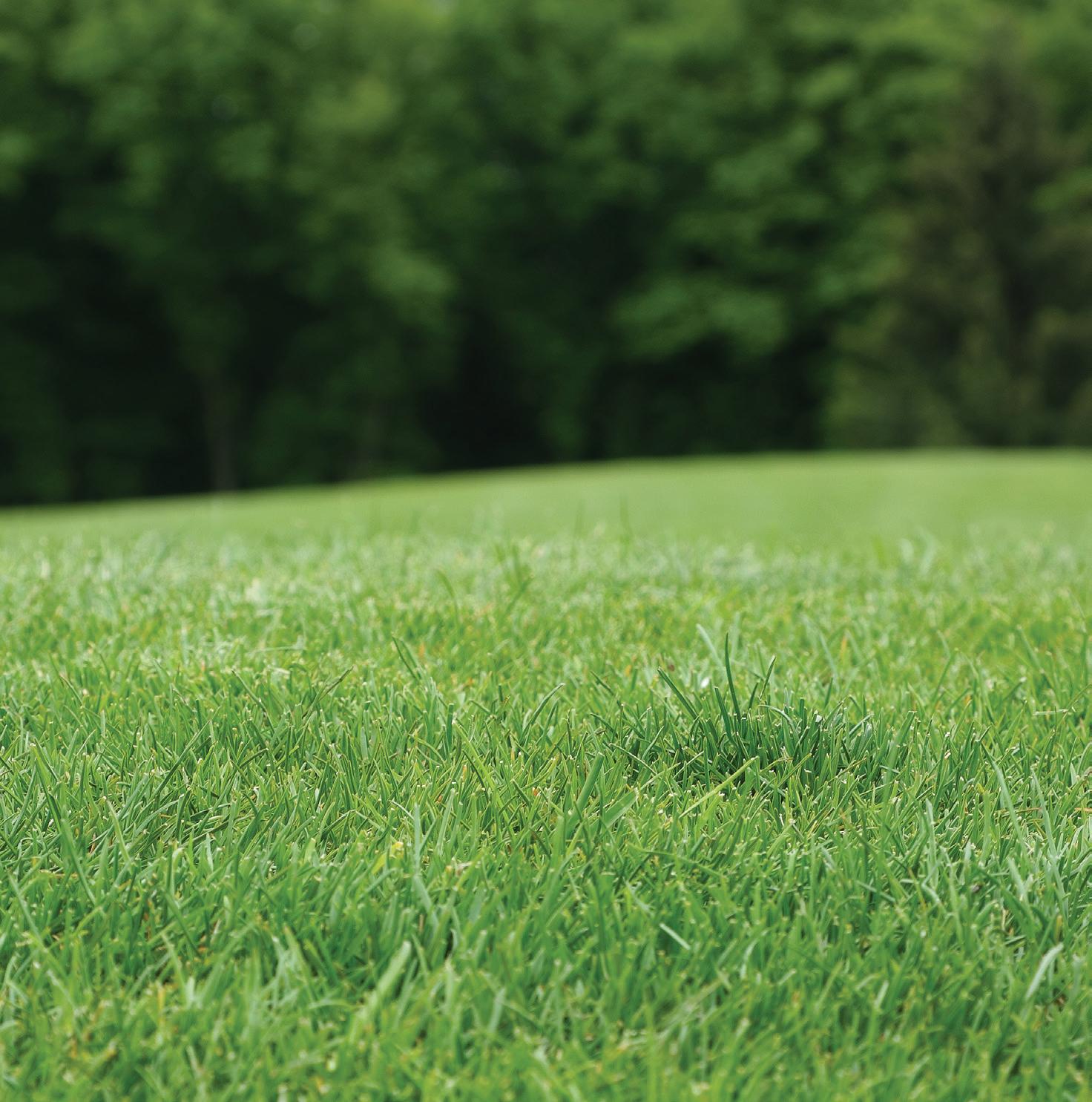
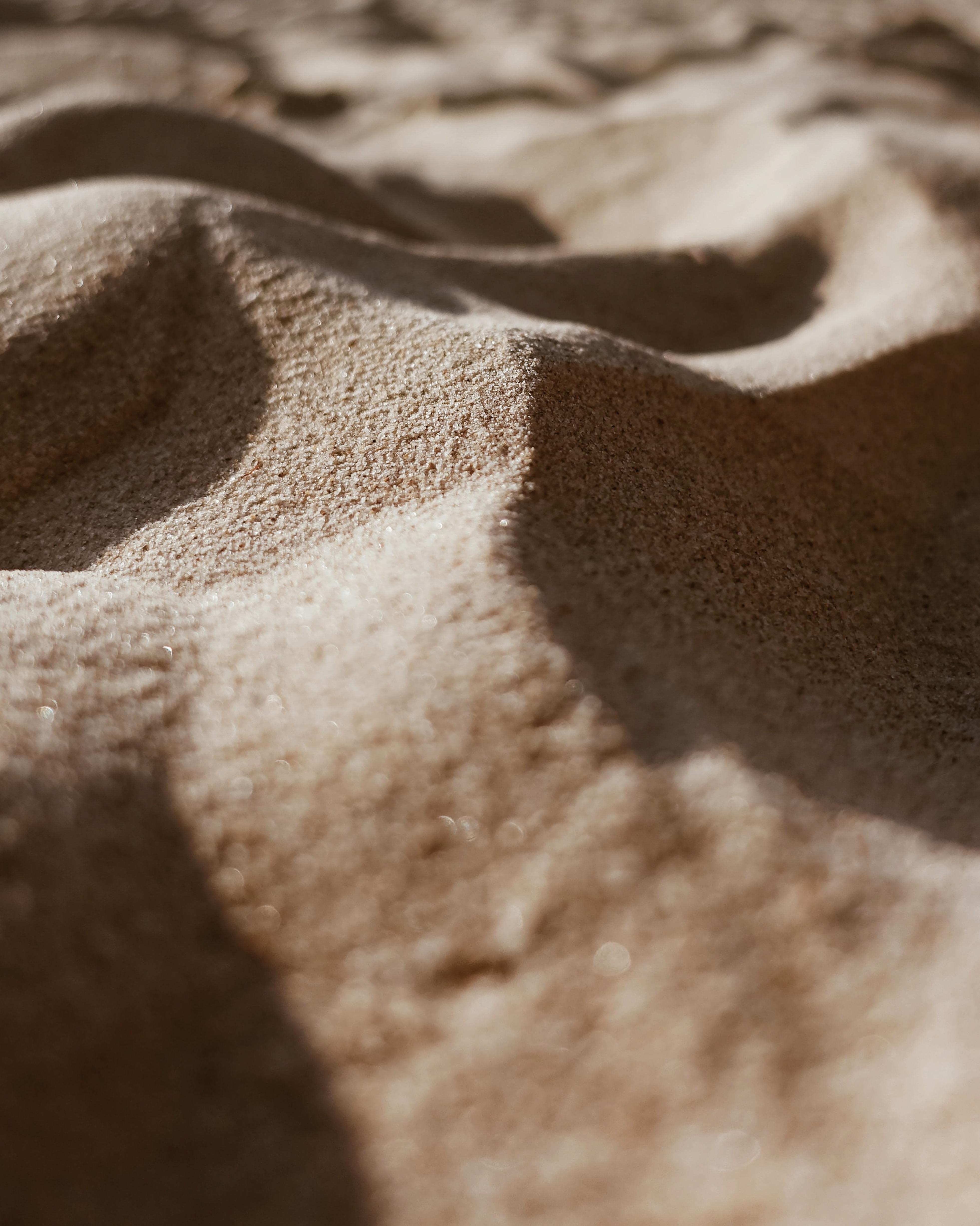

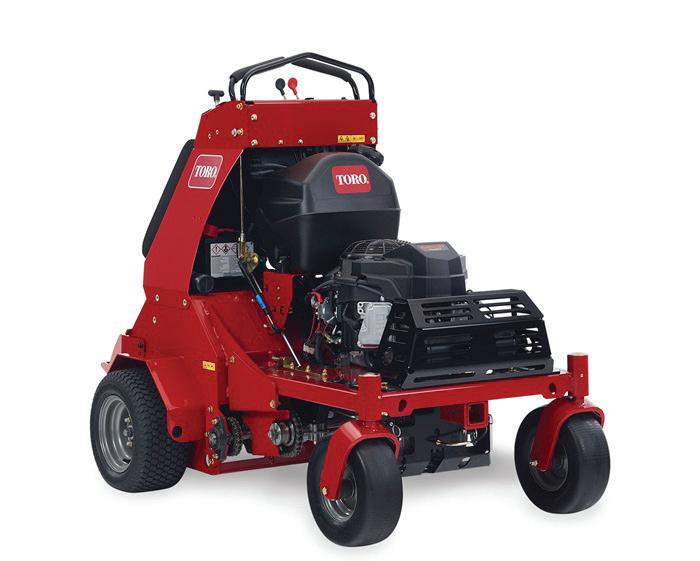
MANEUVER IN TIGHT SPACES with a compact design that fits through a standard 36” gate. NAVIGATE WITH EASE with intuitive controls that function a lot like a mower, saving time. GET A SMOOTH RIDE with the floating operator platform that isolates vibrations. KEEP CONTROL EASY with a foot pedal to raise and lower tines. VARY PLUG LENGTH ON THE FLY by finely tuning the hydraulic system. It applies up to 1,200 lbs of down pressure on

